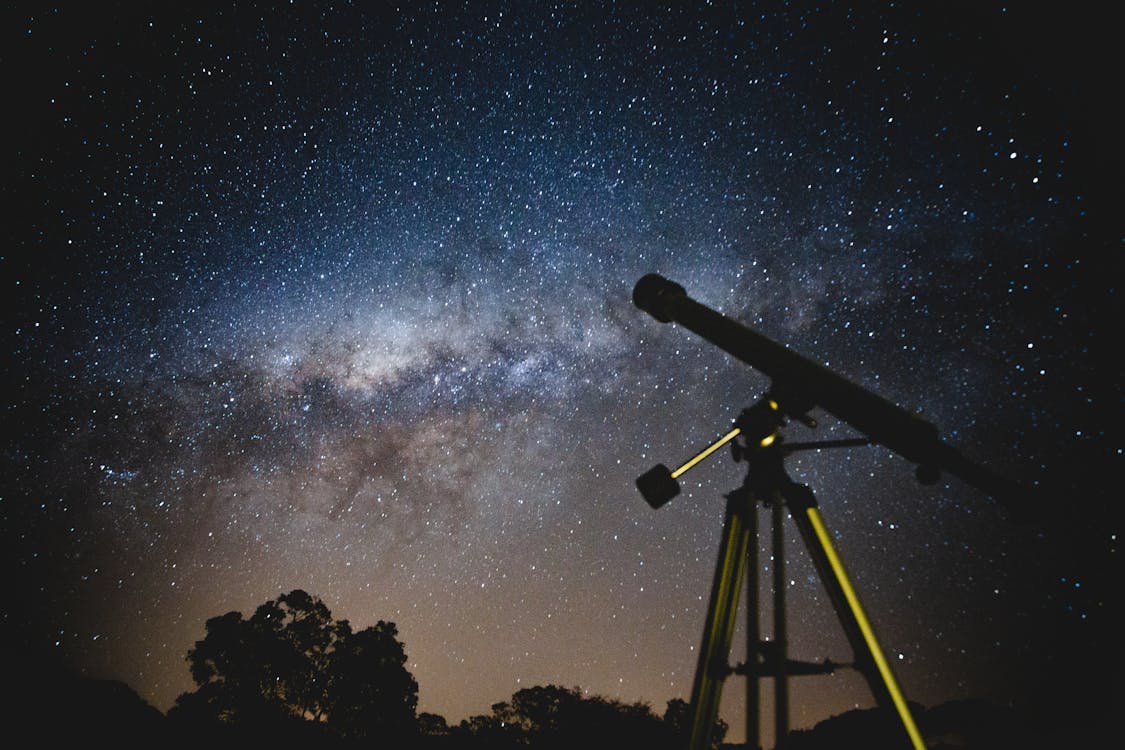Celestial Spectacles: Recent Astronomical Events Ready to Amaze Skywatchers
As we gaze upwards into the vast expanse of the night sky, we're often treated to breathtaking celestial displays that captivate our imagination and inspire wonder. From meteor showers and lunar eclipses to planetary alignments and comet sightings, the cosmos offers a myriad of awe-inspiring events for skywatchers to behold. In this article, we'll explore some of the recent and upcoming astronomical events poised to dazzle observers around the world.

Lyrid Meteor Shower (April): Each April, the Earth passes through the debris left behind by Comet C/1861 G1 Thatcher, resulting in the Lyrid meteor shower. This annual event typically peaks around April 22nd and offers skywatchers the chance to witness shooting stars streaking across the night sky. With its radiant point in the constellation Lyra, the Lyrid meteor shower is known for producing bright, fast-moving meteors that leave lingering trails in their wake.
Super Blood Moon Lunar Eclipse (May): On May 16th, skywatchers in certain parts of the world will have the opportunity to witness a rare celestial phenomenon known as a "super blood moon" lunar eclipse. During this event, the full moon will pass through the Earth's shadow, causing it to take on a reddish hue—a phenomenon known as a "blood moon." What makes this eclipse particularly special is that it will coincide with the moon's perigee, or closest approach to Earth, making it appear larger and brighter in the sky—a spectacle known as a "supermoon."
Eta Aquarid Meteor Shower (May): The Eta Aquarid meteor shower, associated with Halley's Comet, occurs each May and is known for producing swift and bright meteors. This year, the Eta Aquarids are expected to peak around May 6th, offering skywatchers the chance to observe up to 30 meteors per hour under optimal viewing conditions. With its radiant point in the constellation Aquarius, the Eta Aquarid meteor shower is best viewed from the Southern Hemisphere but can still be observed from northern latitudes.
Solar Eclipse (June): On June 10th, a partial solar eclipse will be visible from parts of North America, Europe, and Asia. During a solar eclipse, the moon passes between the Earth and the sun, casting a shadow on the Earth's surface and partially obscuring the sun. While only a portion of the sun will be blocked during this event, it still offers a rare opportunity to witness the moon's passage across the face of the sun—a spectacle that should be viewed with proper eye protection to prevent eye damage.
Comet Sightings: Throughout the year, astronomers keep a watchful eye on the night sky for the appearance of comets—frozen relics from the early solar system that occasionally grace our skies with their presence. Recent comet sightings, such as Comet Leonard (C/2021 A1), have delighted skywatchers with their bright tails and ethereal beauty. While the visibility of comets can be unpredictable, keeping an eye on astronomy news and observing tips can increase your chances of catching a glimpse of these celestial wanderers.
As we look to the heavens with anticipation, the cosmos beckons us to witness its celestial wonders and marvel at the beauty of the universe. Whether it's the shimmering trails of a meteor shower, the crimson glow of a lunar eclipse, or the delicate dance of a comet against the backdrop of the night sky, each astronomical event offers a unique opportunity to connect with the cosmos and contemplate our place within it. So mark your calendars, gather your binoculars or telescopes, and prepare to be awed by the celestial spectacles that await us in the coming months.

 Cricket Score Counter
Cricket Score Counter Heads or Tails
Heads or Tails
You have not logged in, please Login to comment.